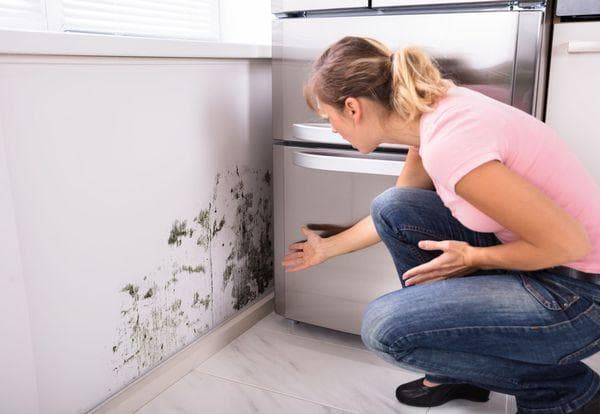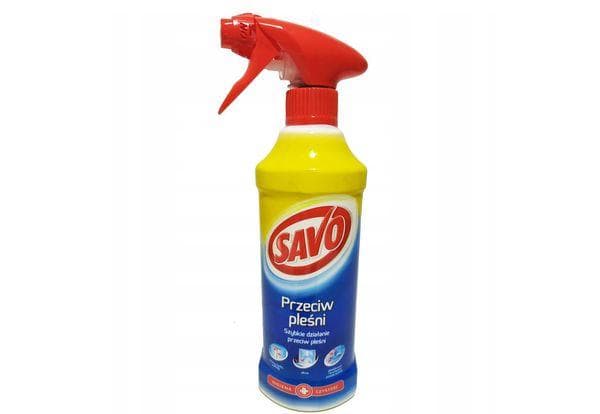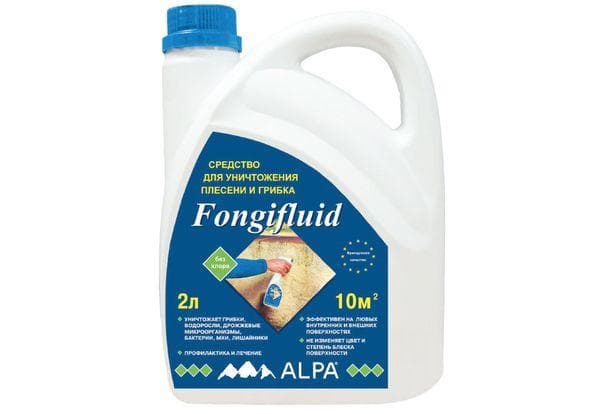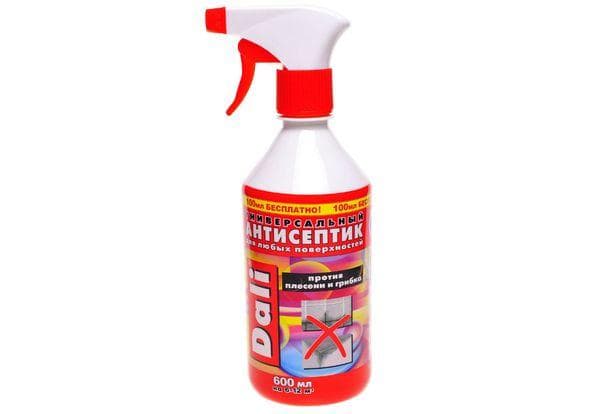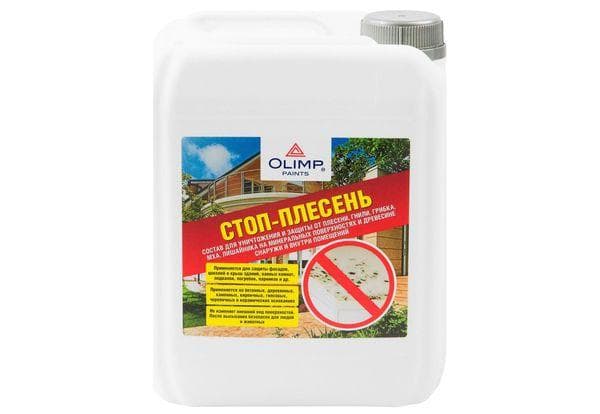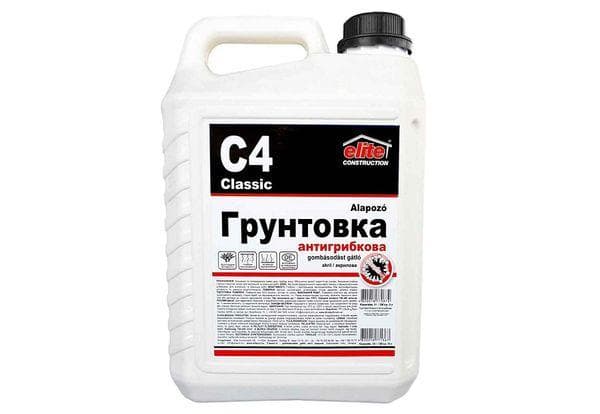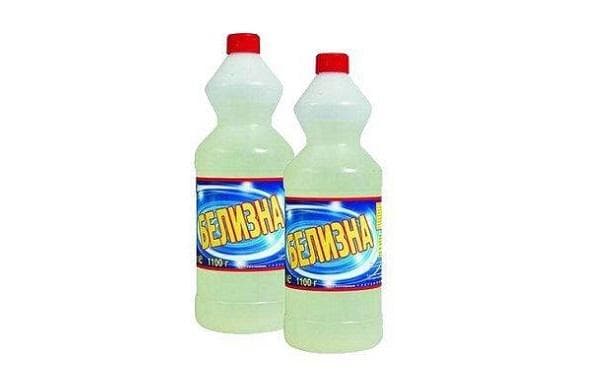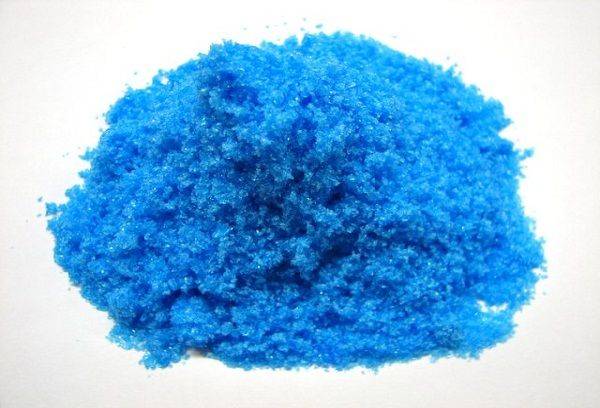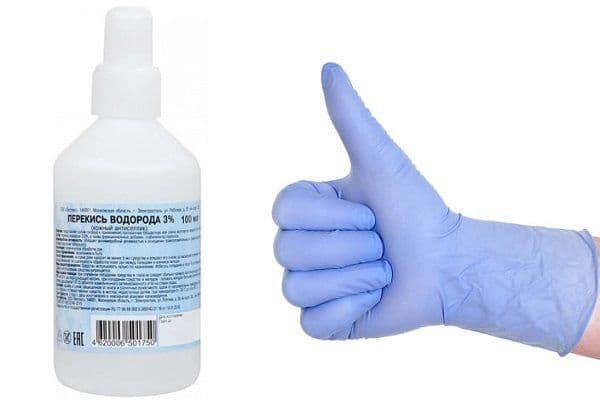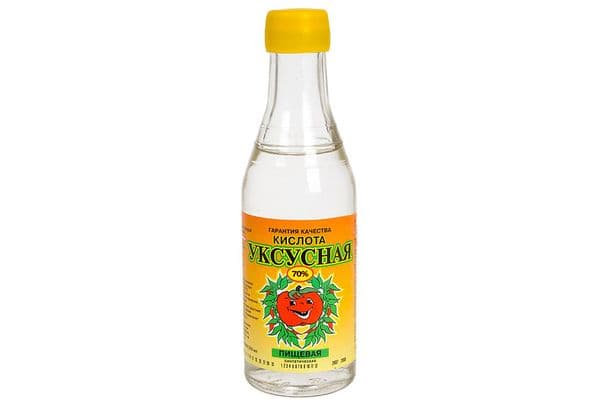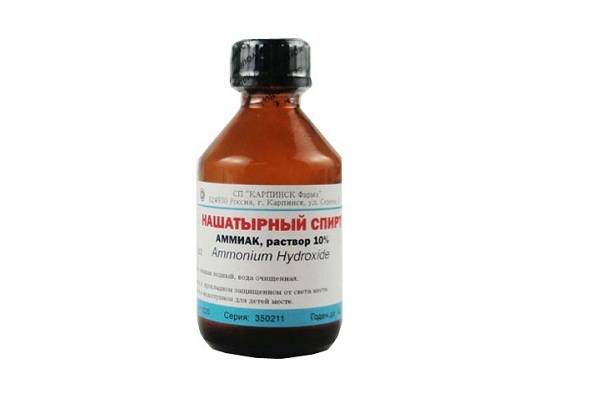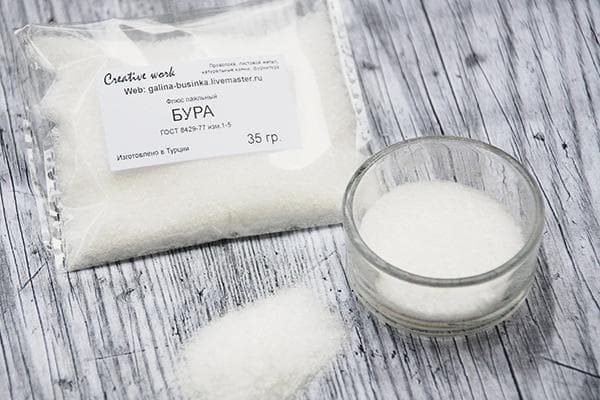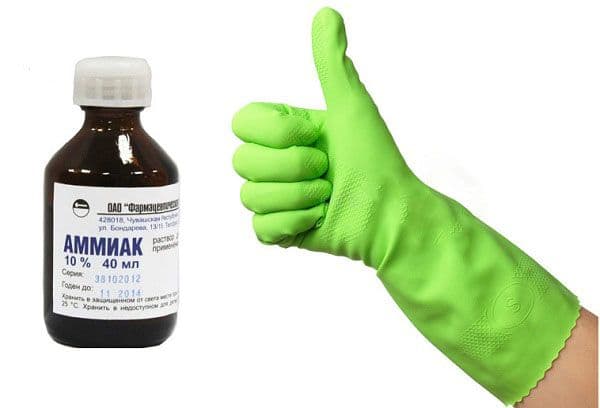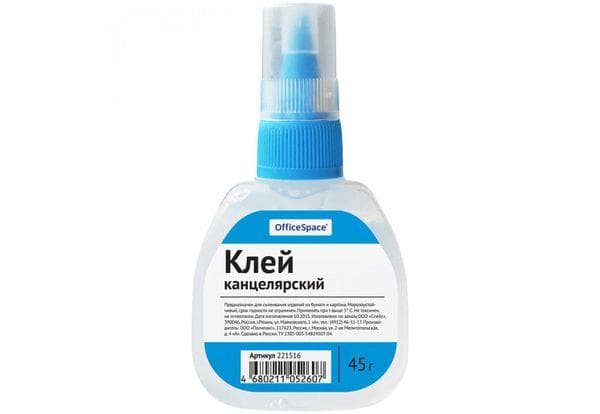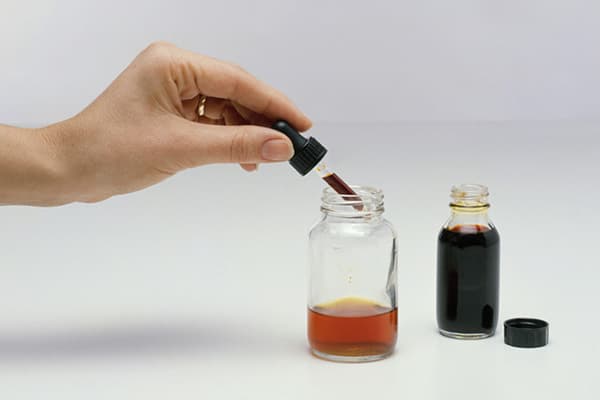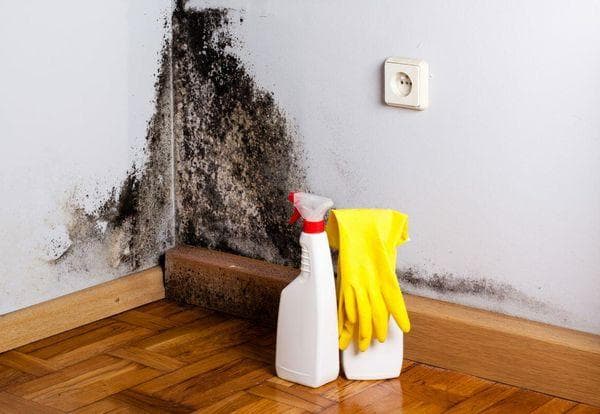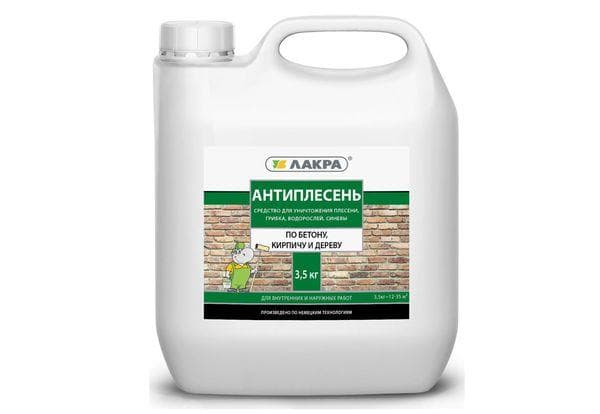How and with what to get rid of mold on the walls in an apartment: remove quickly and forever, rules for working with products, preventive measures
Mold not only spoils the appearance of residential premises and leads to a persistent unpleasant odor, but also poses a serious threat to human health. Therefore, it will be useful to familiarize yourself with the best remedies for mold on walls and learn how to use them correctly.
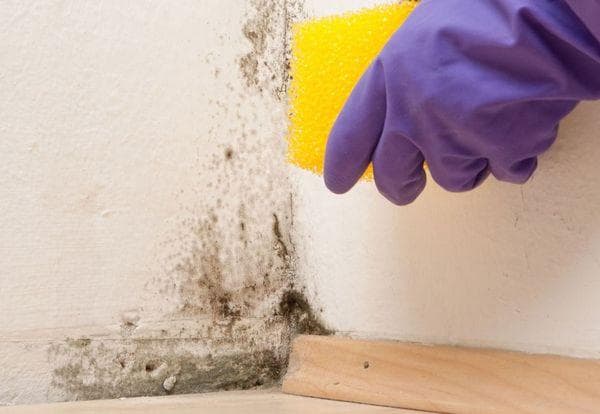
Why is mold dangerous?
Mold is a plaque formed from the spores of a single-celled fungus. They are constantly present in the air, but develop under comfortable conditions - high humidity in the apartment combined with high air temperature.
Mold that appears in an apartment affects any materials. In addition to the fact that the home loses its aesthetic appearance, the fungus leads to the destruction of walls and damage to building materials.
Invisible to the human eye, mold spores are highly toxic and have the ability to rapidly spread not only on the walls of the apartment, but also on furniture, things, food, and clothing.
A long stay in a room where mold has settled is fraught with the development of serious diseases. Among them are respiratory diseases - asthma, chronic bronchitis, lung cancer, allergies, and gastrointestinal problems.
The negative impact of mold on the condition of the respiratory tract, and over time on the entire human body, is manifested by characteristic symptoms:
- cough,
- runny nose,
- shortness of breath,
- nausea,
- headache,
- fatigue,
- sleep disturbance.
These manifestations develop as a result of living in an apartment affected by mold of any kind. These include:
- white mold that forms in flowerpots;
- green, affecting food and, in rare cases, building materials;
- black, spreading over almost all surfaces;
- blue mold and rot mold affecting wooden surfaces.
All types of mold are extremely dangerous to human health. Therefore, it is necessary to take urgent measures to destroy mold immediately after its discovery.
Causes of mold
It is possible to remove mold from the walls of an apartment only when the cause of its appearance has been determined and eliminated. The main factor provoking the rapid growth of mold is favorable conditions, including:
- high level of humidity in the room;
- possibility of freezing of walls;
- lack of quality ventilation in the house;
- close groundwater causing dampness;
- faulty water pipes;
- roof in need of repair;
- insufficient thermal conditions in winter.
The first sign of mold is the appearance of a damp or putrid smell in the apartment. Following this, stains may be found on the ceiling and walls, as well as on some objects. They can be white, black, greenish or brown.
Specialized mold repellents
There is a wide selection of antiseptics on store shelves that do an excellent job of removing unsightly black spots that pose a health hazard. Chemical compounds are quite effective.Among them are ready-made liquid solutions, which require spraying onto the contaminated surface, and powder solutions, which, after dilution, are applied with a paint brush.
Antiseptics in solutions
Ready-to-use antiseptic solutions against household mold that affects apartment walls are distinguished by their versatility of use from all types of fungus. However, there are also drugs designed to combat a specific type of mold. Here are the 5 best specialized products:
- Savo. The formula of the drug ensures the complete destruction of fungus in bathrooms, attics and basements. It can be used as a prophylactic against fungal infections. The main advantage over analogues is that pre-treatment of surfaces affected by mold is not required. It is enough to spray the product twice on the walls with an interval of 20-30 minutes to forget about mold forever.
- Fongifluid Alpa. The most convenient antiseptic, packaged in a convenient package equipped with a spray bottle. Suitable for removing mold from plasterboard surfaces, concrete, stone, wood and other finishing materials. Among the advantages - there is no need for preliminary preparation of surfaces, it does not change their properties and color. The product is sprayed onto the affected areas and after 4-5 days the surface is cleaned with a brush to remove black spots.
- Dali. This is a universal and extremely effective product that removes mold from almost all types of surfaces, including concrete, wood and drywall. Designed for treating interior and exterior walls of an apartment.Does not contain chlorine, therefore it is safe for health and does not affect the quality of the processed materials. The drug can be applied by spray or roller. After 1-2 days, mold stains can be easily removed with a brush.
- Stop mold from Olympus. It is safe for human health and pets, since it does not contain chlorine or volatile toxic components. Removes mold from all types of surfaces, including plaster, wood, concrete, tiles. It is successfully used in bathrooms, on roofs and facades of houses. All application options are possible - roller, brush, spray. A day later, the wall being treated is ready for finishing work.
- FVSS. The universal German drug is successfully used in the fight against mold in all corners of the apartment. This is a bathroom, kitchen, balcony, rooms, external walls. Does not change the appearance of the treated surfaces, as it does not contain chlorine. At the same time, it can successfully remove even the most advanced fungal infections, and can also be used for preventive purposes.
The application of antiseptic solutions involves spraying them from a distance of at least 20–25 cm from the wall being treated. After the effects of the preparations have ended and the product has completely dried, the peeling fragments of surfaces must be removed.
Antifungal primer
Using an antiseptic primer against mold is a 100% guarantee of success. Its advantage over many other means is not only the ability to destroy mold, but also to prevent the likelihood of its reproduction in the future.
The release form and brands of antifungal primer are available for sale in a large assortment.You can buy a ready-to-use working solution or purchase the product in powder form and dilute it yourself with a small amount of water.
Before applying primer to the wall, areas affected by fungal infection should be removed from its surface. Then apply an antiseptic solution to the cleaned, dry area with a paint brush. When it is thoroughly dry, you can begin plastering, painting or wallpapering.
TOP 10 home remedies for mold
The advantages of folk recipes over special drugs are obvious. In addition to the fact that they are always at hand, they are distinguished by their comparative safety for the body.
- White. Using Whiteness against mold is a cheap, but quite effective method. The chlorine in bleach instantly kills mold spores. However, the product should be used with caution, as the treated surfaces may become discolored. For the working solution you will need to dilute 1 part of White in 10 parts of water. It is advisable to use to remove mold in the bathroom, toilet, and kitchen. The aggressiveness of chlorine preparations requires the mandatory use of gloves and a mask.
- Copper sulfate. These blue granules are widely used against pests in the garden. The ability to kill fungi becomes an indication for the use of vitriol against household mold. Before use, the granular substance is diluted in the ratio of 100 g of the drug per 10 liters of water.
- Baking soda. The principle of action of baking soda against mold is to create an alkaline environment that stops the growth of fungus.Its advantage over the two previous methods is the absence of toxicity and absolute harmlessness to humans and animals. For the working solution, dilute 1 tbsp. l. soda in 1 glass of water.
- Hydrogen peroxide. The over-the-counter pharmaceutical product is a real poison for mold and absolutely harmless to humans. The antibacterial and antifungal properties of peroxide have a detrimental effect on mold spores. A 3 percent peroxide solution available at the pharmacy can be sprayed undiluted onto small areas of mold. If the affected area is large, you can add the same amount of vinegar to the existing amount of peroxide.
- Vinegar. Table vinegar, which is an acid, can remove any mold both from the wall and from other surfaces. It is not as aggressive as Whiteness or vitriol, however, the characteristic pungent odor and the possibility of skin burns require you to protect your hands and face while working. Vinegar is applied undiluted to mold areas using a spray bottle.
- Ammonia. Perhaps this is the fastest-acting folk remedy for household mold. Preparing a working solution is not difficult. To do this, you will have to dilute ammonia with water in a ratio of 1: 1. Then spray it on mold-infested areas, let it dry and clean the wall.
- Borax. The substance is a natural antiseptic. Its use successfully copes with all types of mold. The working solution is prepared as follows: dilute one tbsp in 2500 ml of water. borax, the components are thoroughly mixed.After treating the mold-affected area and the product has completely dried, borax crystals should be removed from the treated surface using a rag.
- Ammonia. The drug is able to quickly remove traces of mold from smooth surfaces - glass, tiles, plastic. However, it is not useful for porous materials. When working with ammonia, you should take into account: That it has a pungent odor that causes headaches and soreness in the nose and throat. The working solution is prepared from water and ammonia in a ratio of 1 to 1. The product is sprayed onto the problem area and washed off with water after an hour.
- Stationery glue. This simple remedy only works on small areas with fresh mold. The glue is thoroughly mixed with an equal amount of water and applied to the stains.
- Iodine solution or camphor beads. Both remedies help only at the initial stage of the appearance of traces of mold. The principle of application is very simple: a container with iodine or several camphor balls are placed in the room where mold has formed.
Reference. The principle of treating surfaces against mold using folk remedies is the same. First, it is recommended to wash the problem area using a foam sponge with water and laundry soap diluted in it. Then the working solution prepared according to the recipe is applied to the wall using a sprayer. After complete drying, the black spots are cleaned with a scraper or a stiff brush and sanded with sandpaper. After the effect of the product has expired, the room must be ventilated and only after this can repair work begin to restore the appearance of the walls.
Rules for chemical processing
When choosing to use special or home remedies, it is important to consider the likelihood of possible harm to human health.Therefore, when carrying out work, it is necessary to strictly observe the precautions provided for by the rules:
- for safety reasons, wear protective clothing that covers exposed skin;
- be sure to protect your face using a mask or respirator;
- Before treating with chemicals, use safety glasses and thick rubber gloves;
- strictly follow the instructions in the instructions, without exceeding the dosage.
Before treating walls against mold, you should prepare tools for removing it and applying the product. During work it may be necessary to use:
- foam sponge;
- construction spatula for removing damaged coating;
- a hard brush to clean the surface;
- roller, brush or spray.
Fungus often spreads in hard-to-reach areas - between seams and tiles. To remove it from these areas, you may need a grout removal screwdriver.
Features of work in the bathroom
Favorite places for black mold to form in the bathroom are the joints where the plumbing fixtures come into contact with the wall and the seams between the tiles. The work progress includes the following mandatory actions:
- Removing moldy sealant.
- Thorough treatment of the source of fungal infection with a specialized drug.
- Applying new sealant.
- Cleaning the tile joints with a screwdriver or metal scraper and then restoring them with antiseptic grout.
Removing mold found on the ceiling is impossible without first wetting the affected areas with water. Then remove the whitewash layer and plaster. The next steps are a primer with antimicrobial properties, application of a penetrating primer, sanding and only then finishing work. Each stage is carried out only after the previous layer has completely dried.
Removing fungus on walls and wallpaper
The fungus, which initially affects only the top layer of plaster, tends to quickly penetrate into the wall. It spreads rapidly, forming a mycelium with numerous branches.
Therefore, surface treatment of plastered walls is indispensable. Algorithm for processing walls:
- Complete cleaning of the coating material.
- Procedure for using antifungal agents.
- Complete drying of the treatment product.
- Re-processing is possible.
- Application of antifungal primer.
- Plastering.
- Subsequent application of a waterproofing composition for preventive purposes.
This technology will prevent the likelihood of developing a recurrent fungal infection. Applying special anti-mold paint to the walls will prevent new mold from entering the wall.
If mold appears on walls with wallpaper
If wallpaper pasted on concrete walls becomes moldy, you will have to remove it completely. Then clean the black areas of the wall, wash with soap and water, and let dry thoroughly.
Before gluing new wallpaper, it is necessary to treat the affected areas with a specialized antiseptic. Experts advise using solutions that penetrate deeply into concrete structures. This ensures complete destruction of mold and prevents its further spread.
Carrying out cosmetic work is possible only after the treated wall has completely dried.
Work against fungus on wood
Fighting mold on wooden surfaces is much more difficult than on concrete or brick plastered walls.Moisture penetrating into the deep structures of wood becomes a favorable environment for the development of pathogenic microorganisms.
Wood, being an organic material, is subject to a putrefactive process when exposed to moisture, in which decay products become a breeding ground for mold. Therefore, in the fight against mold on log walls, it is more advisable to resort to preventive treatment using specialized solutions that prevent the formation of mold.
Treatment of a diseased tree is possible only by removing the affected fragments and replacing it with a new one. After this, all removed fragments must be disposed of - burned to avoid the formation of new mold.
At the initial stage, you can try to get rid of mold on wood using bleach. It should be remembered that its aggressiveness can discolor the material. Therefore, before starting work, it is recommended to perform a test in an inconspicuous area.
Prevention measures
It is possible to prevent the appearance of mold on the walls of an apartment through timely preventive measures. They are quite simple:
- If there is high humidity in the room, you need to wash the walls often
- Wipe them thoroughly with a dry cloth during cleaning.
- Treat with specialized anti-fungal preparations.
- Install high-quality ventilation in the bathroom and toilet.
- Organize full heating of the apartment in winter.
- Seal cracks in windows and walls.
- Eliminate the possibility of moisture entering the home.
- Take care of thermal insulation.
It is easier to prevent mold on the walls than to deal with it. Therefore, preventive measures should not be neglected.
Questions and answers on the topic
IN: Is it possible to combine bleach with ammonia to enhance the effect?
ABOUT: Absolutely not. The result will be an explosive mixture with the release of a high level of toxic substances.
IN: Is it possible to get rid of mold forever?
ABOUT: This is only possible if the causes of its appearance are eliminated, followed by work to remove mold.
IN: How to get rid of mold smell?
ABOUT: After removing the mold, sprinkle the treated area with baking soda and remove it after 1 – 2 hours. You can also place pieces of charcoal in the room, which absorbs putrefactive odor well.
The appearance of mold in an apartment can cause serious harm to health and destructive processes that affect the appearance of the home. The use of special preparations and folk remedies without eliminating the cause of its formation will not bring the desired result, since mold will appear again and again, causing damage to the walls of the apartment and creating a threat to the human body.
